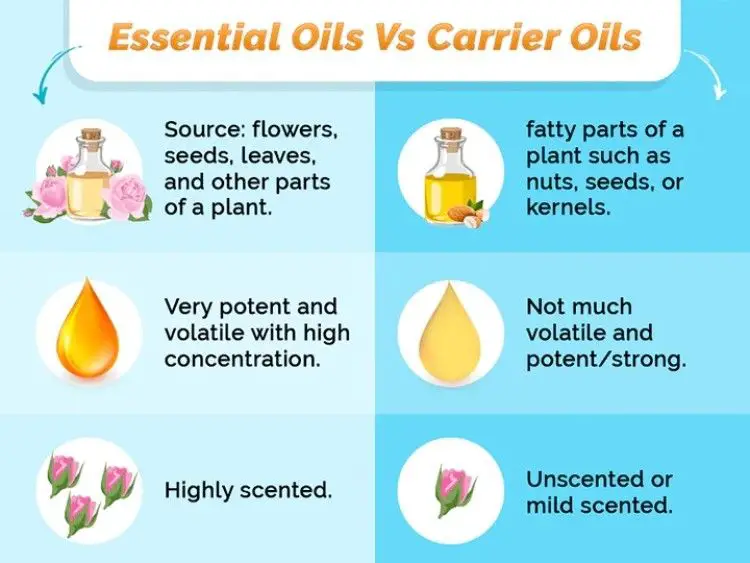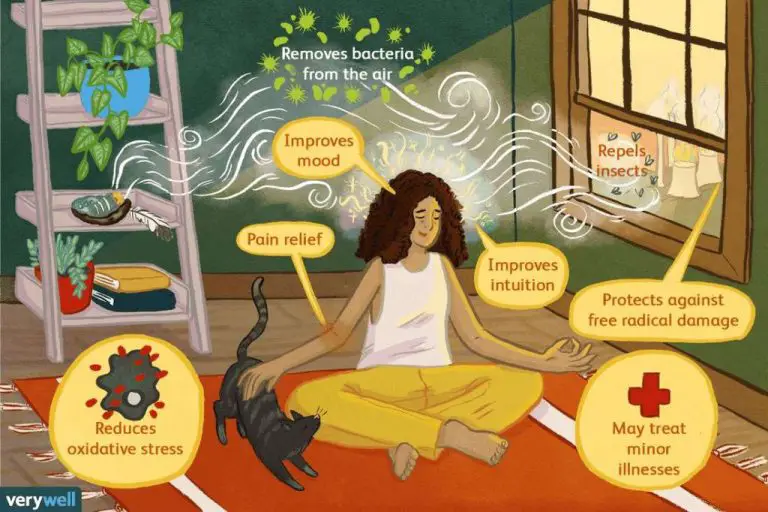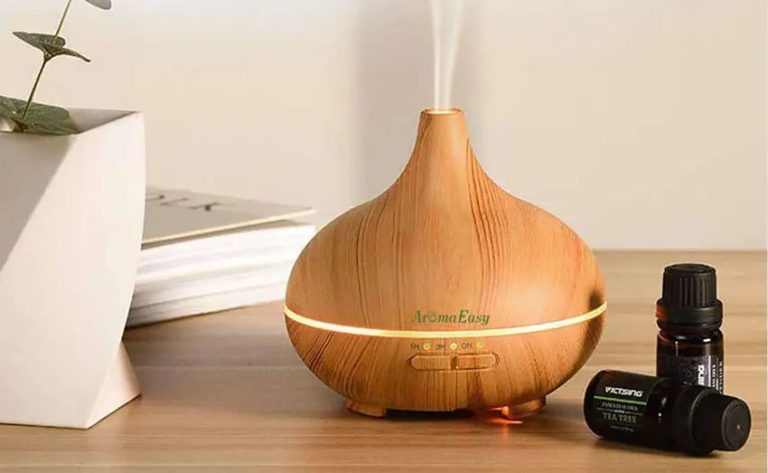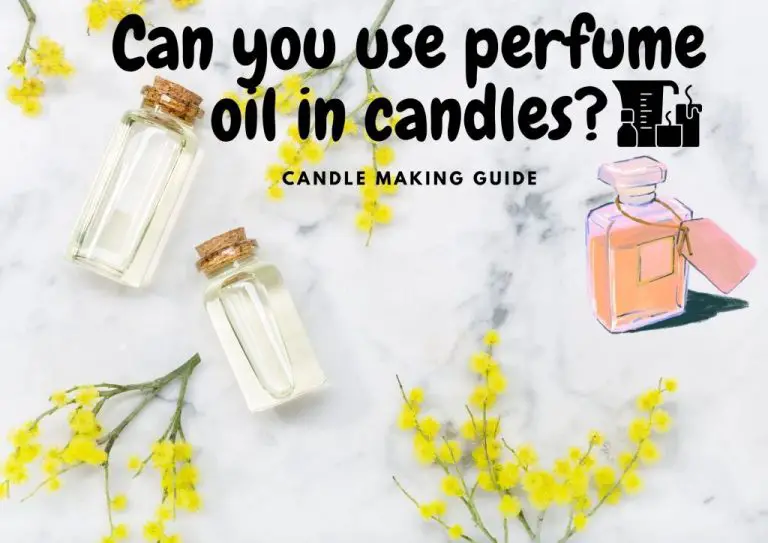How Do You Blend Aromatherapy Oils?
Intro to Aromatherapy Oil Blending
Aromatherapy oil blending is the art and science of mixing essential oils together to create a synergy. The purpose is to produce a blend that is greater than the sum of its individual components. Through careful selection and combination of oils, the blender can create unique formulas tailored for specific therapeutic benefits.
There are many advantages to blending essential oils rather than using them singly:
- Blending allows you to capitalize on the properties of multiple oils at once.
- Certain oils blend synergistically, enhancing each other’s effects.
- Blends provide more complex aromas than single oils.
- You can create blends for specific purposes like relaxation, energy, focus, etc.
- Blending oils allows you to dilute stronger oils with milder ones.
- You can create personalized formulas tailored to your needs.
In summary, blending essential oils is a great way to harness the diverse therapeutic powers of aromatherapy and create customized oil combinations for health and wellness.
Supplies Needed
To blend your own aromatherapy oils at home, you’ll need the following basic supplies:
Essential Oils
Essential oils provide the scent and therapeutic properties in an aromatherapy blend. Popular essential oils to use include lavender, peppermint, eucalyptus, lemon, and tea tree. Always start with high quality, pure essential oils.
Carrier Oils

Carrier oils help dilute and deliver the essential oils. They also add nutrients and their own properties to a blend. Common carrier oils are coconut oil, sweet almond oil, jojoba oil, grapeseed oil and olive oil.
Containers
You’ll need small containers or bottles to store your custom blends in. Dark glass bottles work well. Make sure they have tight sealing lids.
Measuring Tools
To properly measure out your oils when blending, you’ll want small spoons, beakers, or graduated droppers. This allows you to achieve the right blend ratios.
Blend Ratios
When creating aromatherapy blends, it’s important to use the proper ratio of carrier oils to essential oils. According to New Direction Aromatics, the typical ratio is:
- 10 to 20 drops of essential oil (a maximum concentration of about 3%) for long-term regular use.
- 30 to 60 drops of essential oil (a maximum concentration of about 6%) for short term use such as massage.
Higher concentrations of essential oils may cause skin irritation or sensitivity for some individuals. It’s best to start with lower concentrations like a 3% blend and slowly increase the essential oil amount if needed. Use less essential oil for children, pregnant women, and seniors.
Carrier oils like coconut, jojoba, and sweet almond are ideal for diluting stronger essential oils. According to Mountain Rose Herbs, the essential oil content should only account for 0.5-2% of the total blend.
Blending Methods
There are two main methods for blending essential oils: by fragrance note and by chemistry. Blending by fragrance note involves combining oils with top, middle, and base notes to create a harmonious scent. Top note oils like lemon, bergamot, and grapefruit have light, fresh aromas. Middle note oils like lavender, geranium, and rosemary have medium aromas. Base note oils like sandalwood, vanilla, and patchouli have deep, rich scents. A balanced blend contains oils from each note category.
Blending by chemistry involves matching oils based on their chemical components. Some key chemical families are monoterpenes, sesquiterpenes, esters, aldehydes, oxides, phenols, and ketones. For example, blending oils high in monoterpenes like lemon, rosemary, and peppermint can have an energizing effect. Combining oils high in sesquiterpenes like cedarwood, sandalwood, and frankincense can be grounding. Understanding oil chemistry allows you to create targeted therapeutic blends. See the Mountain Rose Herbs and WikiHow resources below for more details on blending methods.
Mountain Rose Herbs. “The Art and Science of Blending Essential Oils.” https://blog.mountainroseherbs.com/how-to-blend-essential-oils
WikiHow. “How to Blend Essential Oils.” https://www.wikihow.com/Blend-Essential-Oils
Blending by Note
One popular method for blending essential oils is by combining notes. Essential oils are categorized into top, middle, and base notes according to their volatility. Top notes are very light oils that evaporate quickly, middle notes last a bit longer with a medium aroma, and base notes are heavy oils that linger the longest.
When blending by note, it’s recommended to follow the 30/50/20 rule – use 30% top notes, 50% middle notes, and 20% base notes [1]. This creates a nice balance and transition between the different note layers. Some examples of note combinations are:
- Top notes like lemon, bergamot, grapefruit
- Middle notes like lavender, geranium, rosemary
- Base notes like patchouli, sandalwood, frankincense
Blending all three note categories results in a more complex, evolving scent as the different notes emerge over time. Concentrating too much on one note can make the blend seem one-dimensional or unbalanced. Aim for a harmonious melding of notes that work together in a pleasing way.
Blending by Chemistry
Essential oils contain different chemical compounds that determine their aroma and therapeutic properties. The key chemical constituents to consider when blending oils are:
- Terpenes – Found in most essential oils, terpenes contribute to aroma and act as solvents for other constituents. Oils high in monoterpenes like lemon, lavender, and pine tend to blend well together.
- Esters – Provide a fruity, sweet aroma. Oils with high ester content include lavender, clary sage, and roman chamomile.
- Aldehydes – Known for their fresh, uplifting scent. Citrus oils like lemon and orange are high in aldehydes.
The concept of blending by chemistry involves selecting oils that have complementary constituents, meaning their chemical profiles work synergistically together. You also want to avoid combining oils with congruent constituents, as they will compete with rather than enhance each other. For example, blending two ester-rich oils may result in an overly sweet, cloying aroma.
A simple rule of thumb is to blend oils from different chemical families. Combining a terpene-dominant oil like pine with an ester-rich oil like lavender makes for a more complex, well-rounded blend. Referencing an essential oil chemistry chart can help identify complementary oil pairings.
Safety Tips
When working with essential oils, it’s important to keep safety in mind. Here are some tips for safely blending and using your aromatherapy oils:
Perform a skin test before widespread use. Put a diluted drop on your arm and wait 24 hours to check for any reaction. This will help identify any potential sensitivities (Essential Oil Safety Guidelines).
Always keep oils diluted. Using oils “neat” or undiluted increases your risk of sensitivity. Mix oils with a carrier like coconut oil, almond oil, or lotion (Blending and Diluting Essential Oils).
Check if your oils are photosensitive. Some oils like bergamot can increase sun sensitivity. Avoid sun exposure when using photosensitive oils topically.
Common Blends
There are many popular essential oil blend recipes that people love to use. Understanding what makes these blends work well together can help guide you in creating your own blends.
Some examples of popular blends include:1
- Stress Relief – Lavender, Bergamot, Frankincense
- Headache Relief – Peppermint, Lavender, Eucalyptus
- Sleep Aid – Lavender, Cedarwood, Marjoram
- Allergy Relief – Lavender, Lemon, Peppermint
- Muscle Relief – Eucalyptus, Peppermint, Rosemary
These blends work well because the oils complement each other. For example, in Stress Relief, the calming scent of Lavender is brightened by Bergamot. Frankincense adds an earthy, grounding note. The oils balance each other out. Understanding the scent profiles and therapeutic properties of various oils will help you combine them effectively.
Storing Your Blends
Properly storing your blended essential oils is crucial for maintaining their potency and extending their shelf life. Here are some key tips for storage:
Store blends in dark glass containers. Essential oils are photosensitive and can degrade when exposed to light over time, so dark glass blocks light best. Amber or cobalt blue bottles are ideal. Make sure bottles have tight-fitting lids to prevent oxidation.
Label bottles properly with blend name and date. This helps you keep track of what each blend contains and when it was made, especially if you end up with multiple bottles. Track shelf life based on the oil with the shortest shelf life in the blend.
Under optimal conditions, most blended oils have a shelf life of 1-2 years. Citrus and floral blends may be shorter. Store oils in a cool, dark place to help extend shelf life. Refrigeration can help citrus blends last longer. Know when your blends expire and replace them when needed.
Using Your Blends
Once you’ve created your custom blended essential oil, there are various methods you can use to enjoy the aromatic and topical benefits:
Diffusion: Add a few drops of your blend to a diffuser to fill the air with the scent. Diffusing allows you to inhale the aroma, which can have calming or energizing effects depending on the oil blend.
Topical use: Essential oil blends can be applied topically when diluted with a carrier oil. Always do a skin test first. Some common uses are massage oils, body lotions, bath soaks, perfumes, roller bottles for pulse points, etc. Dilute appropriately for the application.
Inhalation: You can directly inhale the aroma of a blend by placing a few drops on a tissue or cotton ball and breathing deeply. This method allows the scent to reach the lungs and bloodstream quickly.
Blends can be used for many purposes like relaxation, meditation, massage, aromatherapy, skin care, cleaning products, air fresheners, and more. Tailor your blend to your desired benefits and activities. Experiment to find what works best for you.
It’s always recommended to start with low dilutions and perform a skin patch test before widespread use. Follow all safety precautions and usage guidelines for each individual essential oil in your homemade blends.



